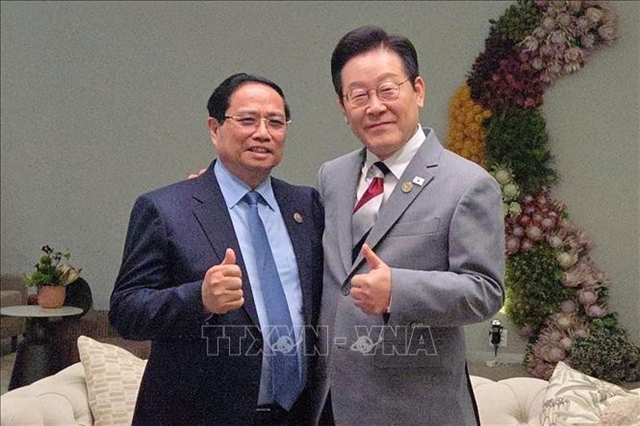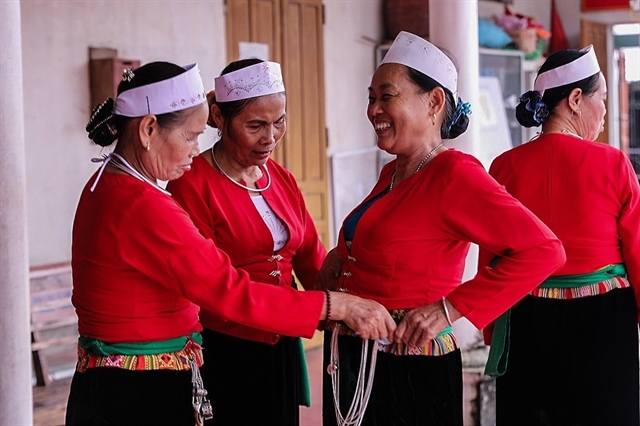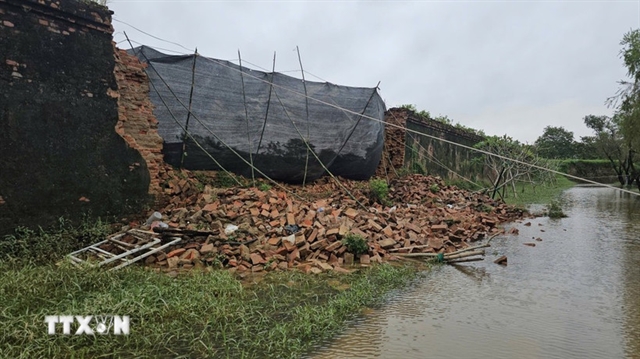 Society
Society

A Vietnamese scientist living in Japan has invented an air purifier face mask that kills bacteria, viruses and creates a flow of cool fresh air for the wearers.
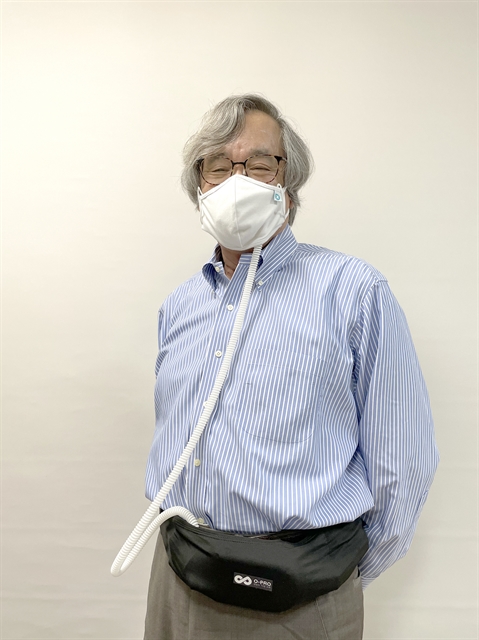
|
| Scientist Trần Ngọc Phúc wears the air purifier mask invented by himself. — Photo courtesy of Metran |
Khánh Dương
HÀ NỘI — Face masks have become an inseparable part of our daily life amid the COVID-19 pandemic, but many wearers wish they didn't feel so stuffy while protecting their health.
A Vietnamese scientist living in Japan has invented an air-purifying face mask that kills bacteria and viruses, while creating a flow of cool, fresh air for wearers.
At the age of 73, Trần Ngọc Phúc, founder and chairman of Japanese medical equipment firm Metran, is still researching and inventing practical products.
His latest invention is the air filtration face mask, which makes it easy to breathe in hot weather and is suitable for frontline medical forces, workers in contaminated environments and customer-facing staff such as flight attendants.
Phúc is widely known as the inventor of respiratory ventilators (MV20) ordered by the Japanese Government last year to assist patients amid the COVID-19 pandemic.
As many as 2,000 MV20 ventilators were handed over to Việt Nam last year to help local patients.
Phúc’s latest invention is made from silicon so that the mask can filter out bacteria and viruses and have a high level of air resistance.
The transparent medical plastic sheet covering the mouth helps prevent droplets.
The mask can create positive pressure to ensure that the unfiltered air cannot penetrate into the respiratory system.
With three versions designed for specific groups of people in different living and working conditions, the masks will debut in August, according to the scientist.
The first version of the mask, which is for normal people in daily use, can protect everyone from infection by limiting the spread of bacteria and viruses from the outside environment. “It helps wearers protect themselves and people around them,” Phúc said.
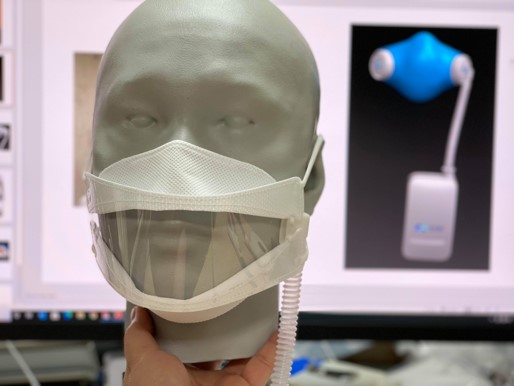
|
| The first version of the mask is for normal people in daily use. — Photo courtesy of Metran |
People can breathe easily when wearing the masks while playing sports, running and being in hot weather thanks to the air filtration layer. They can also wear that version with other types of face masks like the ones made from fabric or N95 masks, he said.
The second version, of a higher level, is connected to a medical grade air pump via a one-metre long pipe. The pump uses built-in ultraviolet rays to kill viruses on surfaces. It can connect wirelessly with smartphones.
The mask itself has a two-way, high-efficiency particulate air filter on two cheeks so that the air released into the environment is purified, protecting the environment and the wearers’ health. This mask is suitable for elderly people or those on airplanes or at hospitals.
“The mask can filter 99.9 per cent of viruses, even the tiny viruses measuring only 0.12 micrometres in size,” he said, while affirming that there is no mask able to filter 100 per cent of viruses.
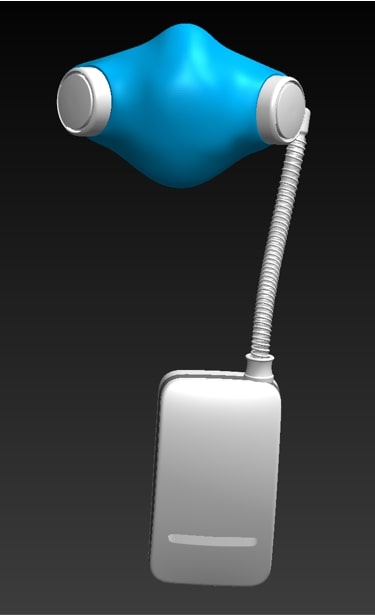
|
| The second version has a two-way high efficiency particulate air filter and can be used for elderly people or those on airplanes or in hospitals. — Photo courtesy of Metran |
The premium version, jointly studied by Metran and Tokyo Medical and Dental University, has the same features as version two. It has a shielding layer which looks like a helmet covering the head and the mouth.

|
| The third version is connected with an assistance device and has a shielding layer. It is best used for people working in contaminated environments. — Photo courtesy of Metran |
The mask is a best fit for miners working in contaminated environments, those at hospitals where COVID-19 patients are treated and other healthcare facilities treating patients with respiratory diseases and airborne infections.
Masks used in pandemic areas and contaminated environments are equipped with more filters or a zeolite layer to increase protection, Phúc said.
The inventor said he would add sensors that measure air pressure, air pollution, or even the user's body temperature.
This future mask, as it is called by Phúc, is not only suitable for filtering bacteria and viruses including SARS-CoV-2, it can also filter out fine dust PM2.5, pollen and other elements that cause allergies.
In particular, the mask can be useful for patients with Chronic Obstructive Pulmonary Disease (COPD), a topic that Phúc has researched for many years.
“In China, there is research showing that 13 per cent of people from the age of 40 will suffer from COPD. I think the figure is not only true in China but also in Việt Nam. We have been exposed to pollution and diseases. We have to protect ourselves by breathing safe air.”
“Our lungs are like radiators releasing the heat. The mask creates a cool fresh flow of air for the lungs so the wearers do not need air conditioners while in cars or buses. It is also a way to help save energy,” he said.
Making face masks fashionable
.png)
|
| Phúc tries wearing the face mask. — Photo courtesy of Metran |
Phúc said at first when he wore the air purifier mask [which has two round-shaped filters and is connected with a long pipe], other people thought he was infected with some disease.
“Then they started to be curious about its function. Now people realise its health benefits. Unless face masks have health benefits, they can not survive in society.”
“I hope that masks will soon become a lifestyle so that wearing masks will become more popular among everyone. In the future, I think wearing face masks will become a fashion trend like women’s jewellery.”
Metran is open to bringing face mask solutions to the public and welcome ideas to make the masks more suitable for wearers, for example, how to make the masks more fashionable, Phúc said. —VNS
BOX: More about Phúc’s inventions
During the early days of the pandemic outbreak last year, ventilators made by Metran have saved lives of many patients in Việt Nam.
Minister of Health Nguyễn Thanh Long said the ventilators "not only meet the demand of treating critically-ill COVID-19 patients who need invasive mechanical ventilation, but also applies to patients with respiratory failure and other medical treatments and respiratory diseases."
MV20’s technology has been transferred to the UK and the ventilators have been distributed to many countries around the world to treat COVID patients.
In the 1980s, Phúc developed a high frequency oscillatory ventilator (HFO), named Hummingbird that assists newborns’ breathing.
Metran’s HFO allowed for diffusion of air supply at a rate thousands of times faster than machines available then. Metran's HFO ventilators have saved the lives of tens of thousands of premature babies in Japan and more than 16 countries around the world.
They have been installed and used in more than 90 per cent of neonatal intensive care units in Japan and are rated as the best neonatal ventilators at that time. — VNS
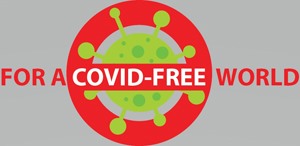
|

